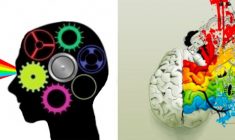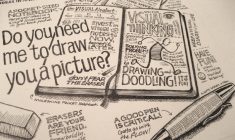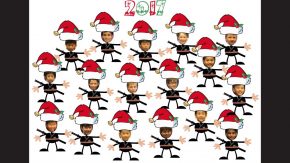Why take time to draw?
When we draw, we take an opportunity to slow down, and to appreciate how the visual world works. By developing this skill, we gain a deeper understanding of our surroundings and learn a truly universal language. A drawing can communicate an idea more effectively than words.
We champion drawing as a powerful tool for invention, for communicating complex concepts, and for its power to engage people with collections and exhibitions in museums, gallery and heritage sites.
By fostering a greater understanding of what drawing can mean, and by increasing awareness and engagement, many more people can benefit from, and contribute to society by drawing.
‘Visual literacy is the ability to interpret, negotiate, and make meaning from information presented in the form of an image… Visual literacy is based on the idea that pictures can be “read” and that meaning can be communicated through a process of reading.’
People of all ages, levels and abilities should be encouraged to take part in drawing activities. Just as it is vital for a child to see their parent read, to inspire reading. Parents are also encouraged to pick up a piece of paper and draw. If you read a story with passion and joy a child will want a story read again and again. Draw with vibrancy and colour. Let your child know what you are drawing and why you love drawing.
‘We live in a verbal culture where we think words are important and drawings are merely decorative. But there are hundreds of things for which drawing is wonderfully economical and efficient. It’s much easier for most of us to draw the way a deckchair works than to explain it in words.’ Quentin Blake.
For children, drawing is a means of understanding the world, how it looks, and how it works. It nurtures creativity, developing their imagination and power of invention.
Drawing is a transferable skill which can be integrated into the entire curriculum. Believe in drawing to learn not learning to draw!
In this ever changing world drawing is tool that is used in various industries. People who use drawing in their daily work or practice include artists, designers, scientists, engineers and medical professionals. Perhaps an industry that your son will be a part of one day?
Kylie Bain – Art Teacher








